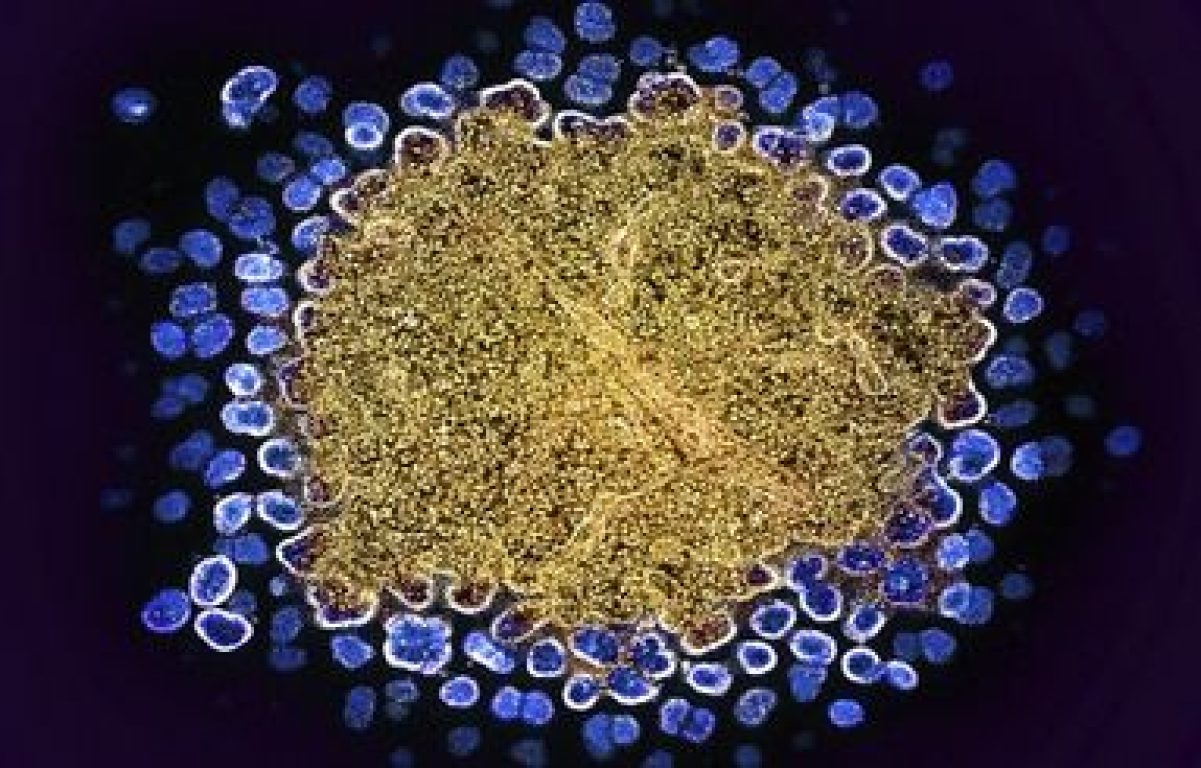
Seventh patient ‘cured’ of HIV: why scientists are excited
A 60-year-old man in Germany has become at least the seventh person with HIV to be announced free of the virus after receiving a stem-cell transplant.
Highlights
- A 60-year-old German man is declared HIV-free after a stem-cell transplant.
- He is the second person cured without fully resistant stem cells to HIV.
- The case challenges the focus on CCR5 as the primary target for an HIV cure.

60yo Declared HIV Free
A 60-year-old man in Germany has become the seventh person worldwide to be declared free of HIV after receiving a stem-cell transplant, despite the donor cells not being fully resistant to the virus. Presented at the 25th International AIDS Conference in Munich, this case challenges the prevailing belief that CCR5 is the primary target for an HIV cure. The patient, referred to as the next Berlin patient, received stem cells from a donor with a single mutated copy of the CCR5 gene, leading to lower CCR5 expression but still functional receptors. Diagnosed with HIV in 2009 and acute myeloid leukemia in 2015, he received his transplant in 2015. Following successful cancer treatment and cessation of antiretroviral drugs in 2018, he has remained HIV-free for nearly six years.
Stem-cell transplants has opened new avenues
This discovery broadens the potential donor pool for stem-cell transplants, traditionally reserved for leukemia patients due to their risks. While about 1% of people of European descent have mutations in both CCR5 gene copies, approximately 10% have one mutated copy. The next Berlin patient's case implies that partial CCR5 mutations can still create an effective barrier to the virus, suggesting new avenues for treatment.
The findings have significant implications for gene-editing therapies targeting CCR5, indicating that even incomplete editing may be beneficial. Researchers continue to explore why this and another recent transplant succeeded while others failed, proposing mechanisms such as reduced viral reservoirs and immune responses from donor cells.
Reference
https://www.nature.com/articles/d41586-024-02463-w
